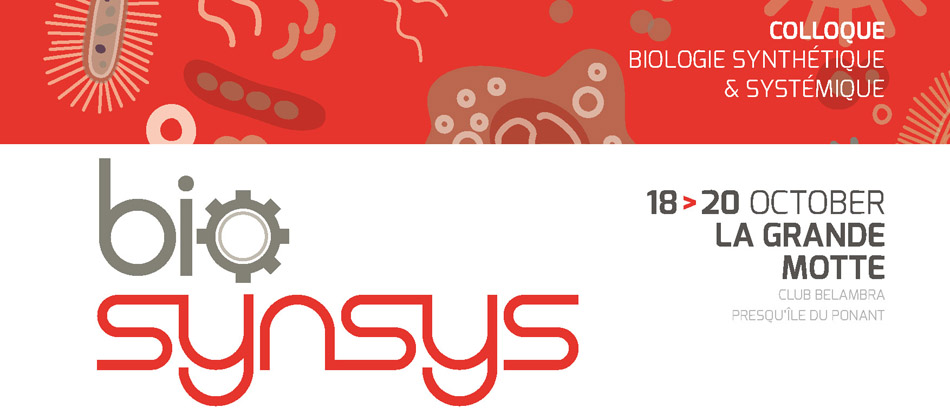Membrane fusion is a natural and essential phenomenon in many cellular processes, including the entry of pathogens into host cells, the transfer of genetic material or the transport of newly synthesized membrane constituents. It is defined as the process by which two different lipid membranes merge into a single continuous bilayer. Scientific community is very active in recent years to better understand the molecular events responsible for the intermembrane fusion. The control of the fusion between vesicles or bacterial membranes is a major issue in the development of drug delivery systems, the control of chemical reactions (bioreactors) or the development of artificial cell systems (Bottom-up approach of Synthetic Biology). Another interest in Synthetic Biology is to improve the efficiency of genome transplantation, which needs fusion events and remains, to date, poorly controlled.
The model systems studied are phospholipid-based vesicles in order to mimic most biological membranes. The originality of this work is to incorporate a nucleotide lipid to promote and optimize the membrane fusion. This phenomenon is governed by the Watson-Crick base-pairing interactions between the complementary vesicles. Indirect techniques (dynamic light scattering, differential scanning calorimetry, Small Angle X-ray Scattering) have clearly shown the existence of a mixed post-fusion bilayer. We will discuss the role of the membrane composition, the fluidity of the bilayer or the size of the vesicles on the fusion events. The existence and the role of micro-domains, also known as rafts, will also be discussed.

 PDF version
PDF version
